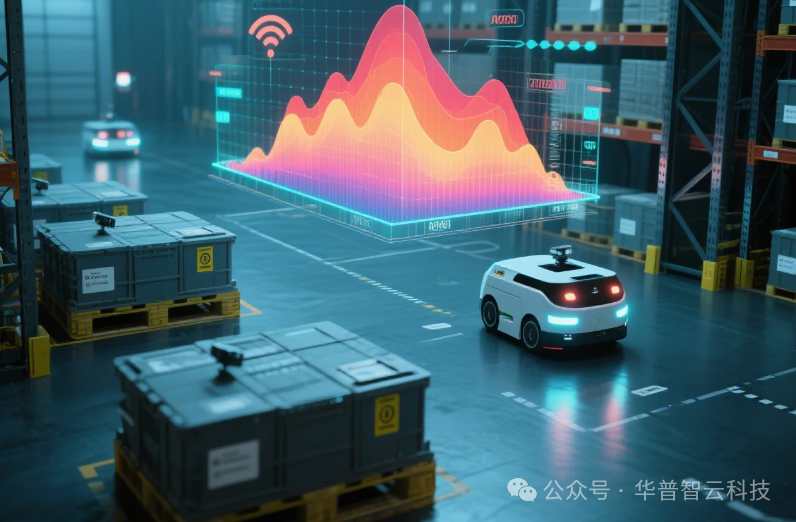Thousands of sensors are performing a mysterious “electromagnetic ballet”—they are not ordinary components, but “industrial worker bees” equipped with ZigBee technology. This wireless protocol, inspired by the communication of bee colonies, is reconstructing the neural network of the industrial Internet of Things with low-power “swarm intelligence,” enabling cold machines to learn “wireless collaboration” and even enact sci-fi scenarios of autonomous device repairs. ZigBee is like the “Morse code expert” of the industrial world, built on the IEEE 802.15.4 standard, designed for short-range, low-rate scenarios. Its three major skills can be considered the “survival rules” in the field of the Internet of Things:
ZigBee is like the “Morse code expert” of the industrial world, built on the IEEE 802.15.4 standard, designed for short-range, low-rate scenarios. Its three major skills can be considered the “survival rules” in the field of the Internet of Things:
Energy Efficiency Champion: Two AA batteries can last 6-24 months, consuming 10 times less power than Bluetooth, making it the “camel of the industrial world”;
Self-Healing Superpower: Supports star, tree, and mesh networking; even if 30% of nodes fail, the network can automatically reconstruct links, quickly reorganizing like a swarm after a storm;
Security Fortress: Utilizes AES-128 encryption, with a protection level 12 times that of bank card encryption systems, reducing the success rate of hacker attacks to one in a billion.
From the 0.02 mm welding precision on automotive assembly lines to second-level anomaly warnings in oilfield pipelines, this “worker bee army” weaves the invisible neural network of Industry 4.0 using electromagnetic waves in the 2.4 GHz band.
A smart oilfield in Chongqing once struggled with high maintenance costs for wired sensors. After introducing a ZigBee wireless solution, 2000 nodes formed a “self-healing hive”—real-time transmission of pump vibration data improved fault response speed by three times, saving over 5 million yuan in annual maintenance costs. Even cooler, this group of “worker bees” can perform magic across industries:
Agricultural “Photosynthesis Conductor”: A strawberry greenhouse in Shandong dynamically adjusts temperature and humidity through ZigBee and environmental sensors, increasing fruit sweetness by 20% and shortening the maturation period by 15 days;
Blackout Factory “Invisibility Technique”: A 3C electronics factory connects 500 devices with ZigBee, using infrared signals for “dark web communication” during night production, reducing electricity costs by 40%;
Hazardous Materials “Electronic Sentinel”: In a chemical plant’s explosion-proof area, ZigBee gas detectors are deployed, providing leak warnings 2.7 seconds faster than traditional solutions, equivalent to the response time of three fire trucks.
Behind these cases is ZigBee’s evolution from “data postman” to “smart commander”—it predicts device status through edge computing, acting like a “workshop prophet” preparing for the future.
The future of ZigBee is honing its “new skills”:
1. AI Light Sensing Evolution: Machine learning analyzes device vibration spectra, like an “old doctor for machines” providing 72-hour advance warnings for bearing wear;
2. Quantum Shield: Quantum key distribution technology enhances industrial control networks, transforming them into “copper walls and iron bastions”;
3. Self-Powered Revolution: Flexible perovskite coatings allow sensors to “generate power while transmitting data,” completely eliminating wiring troubles;
4. Metaverse Hive: Digital factories simulate production processes with millions of ZigBee nodes, improving production line debugging efficiency by 40%.
A renewable energy company has already reaped the benefits—by scheduling photovoltaic panel cleaning robots with ZigBee, their annual power generation increased by the equivalent of planting 20,000 trees!
As smart traffic networks use ZigBee to direct traffic lights in a “congestion relief dance,” and cotton fields achieve “precise irrigation with a drop of water,” the wave of Industry 4.0 is unstoppable. Is your production line still struggling with “dialect communication” among devices?